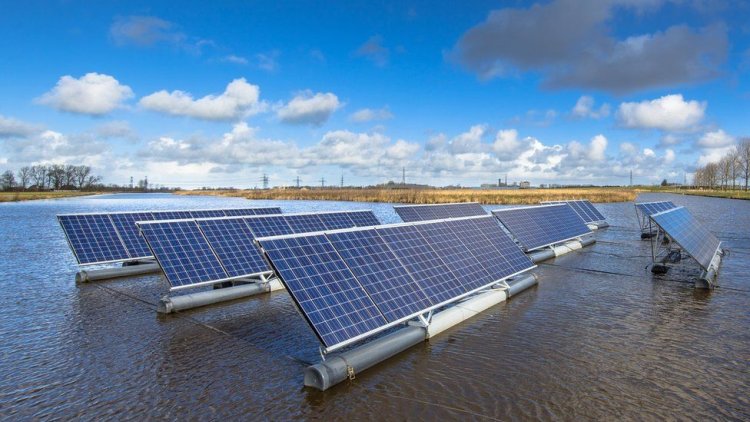Renewable solar energy can help purify water, environment: Study

Washington DC, US: Using electrochemistry to separate distinct particles inside a solution (also known as electrochemical separation) is an energy-efficient technique for environmental and water remediation: the process of cleansing contaminated water. However, while electrochemistry requires less energy than other, similar technologies, the electric energy is generally sourced from nonrenewable sources such as fossil fuels.
Chemists at the University of Illinois Urbana-Champaign have demonstrated that water remediation can be powered in part — and perhaps even exclusively — by renewable energy sources. Through a semiconductor, their method integrates solar energy into an electrochemical separation process powered by a redox reaction, which manipulates ions’ electric charge to separate them from a solution like water.
Using this system, the researchers successfully separated and removed dilute arsenate — a derivative of arsenic, which is a major waste component from steel and mining industries — from wastewater.
This work represents proof-of-concept for the applicability of such systems for wastewater treatment and environmental protection.
“Global electrical energy is still predominantly derived from nonrenewable, fossil-fuel-based sources, which raises questions about the long-term sustainability of electrochemical processes, including separations. Integrating solar power advances the sustainability of electrochemical separations in general, and its applications to water purification benefit the water sector as well,” said lead investigator Xiao Su, a researcher at the Beckman Institute for Advanced Science and Technology and an assistant professor of chemical and biomolecular engineering.















































